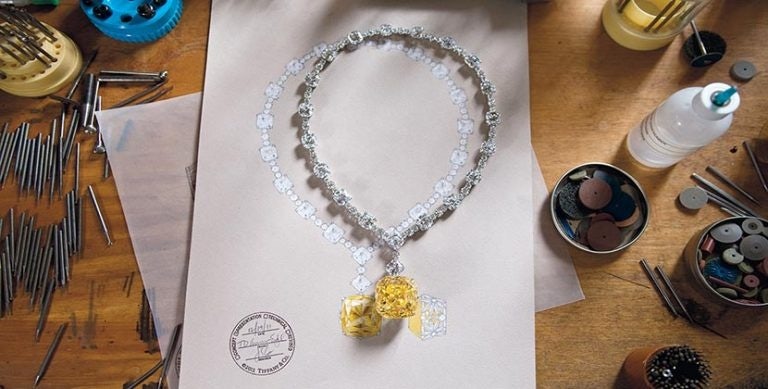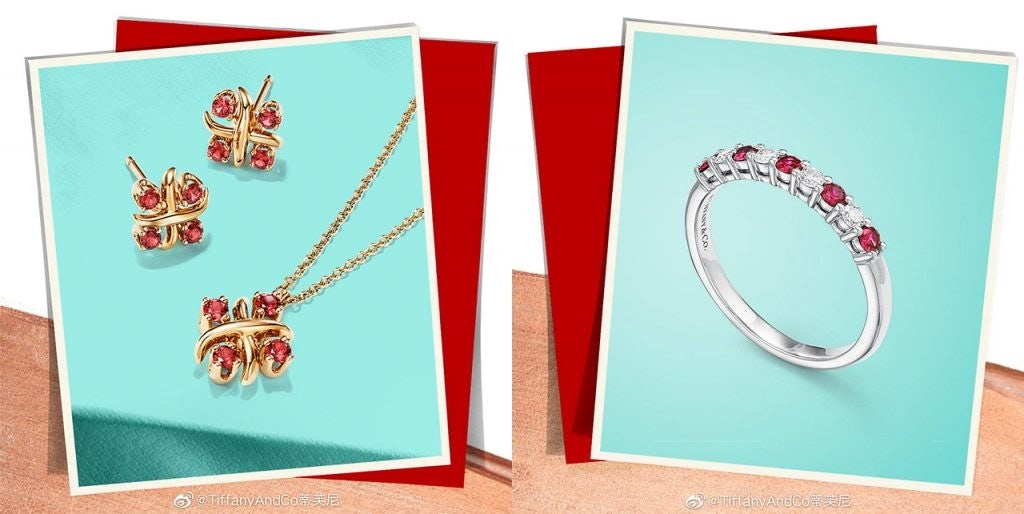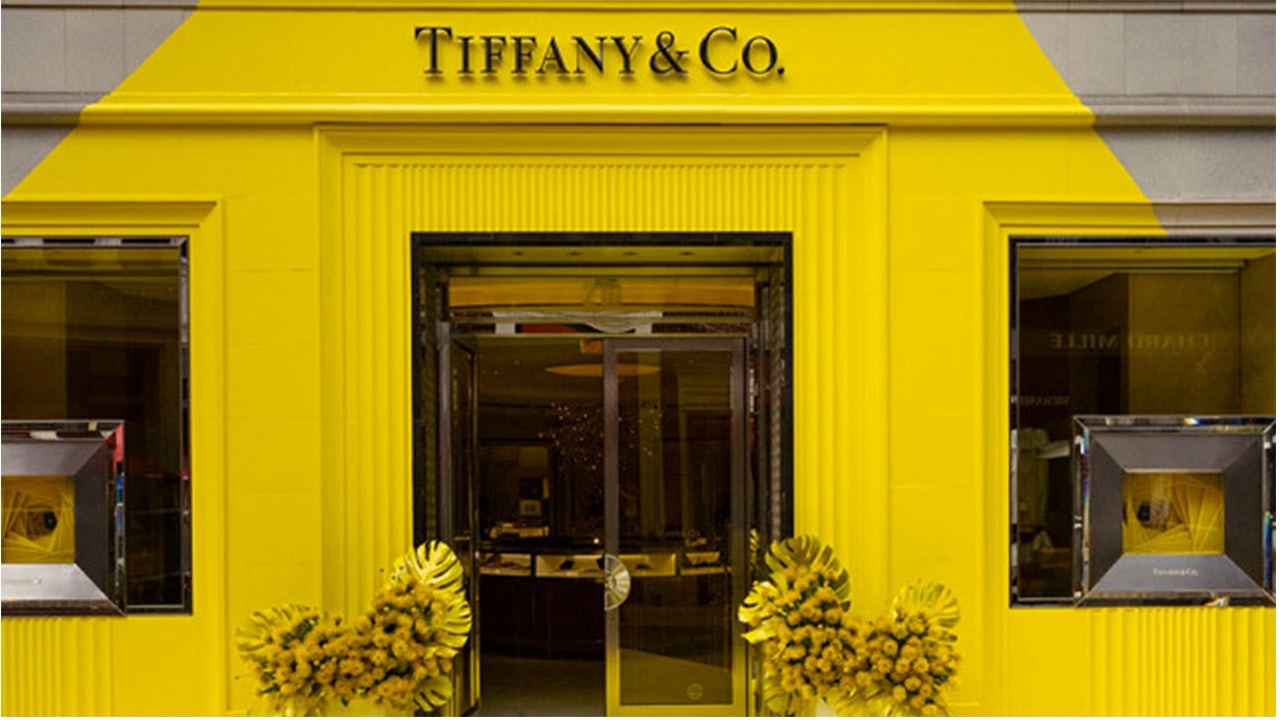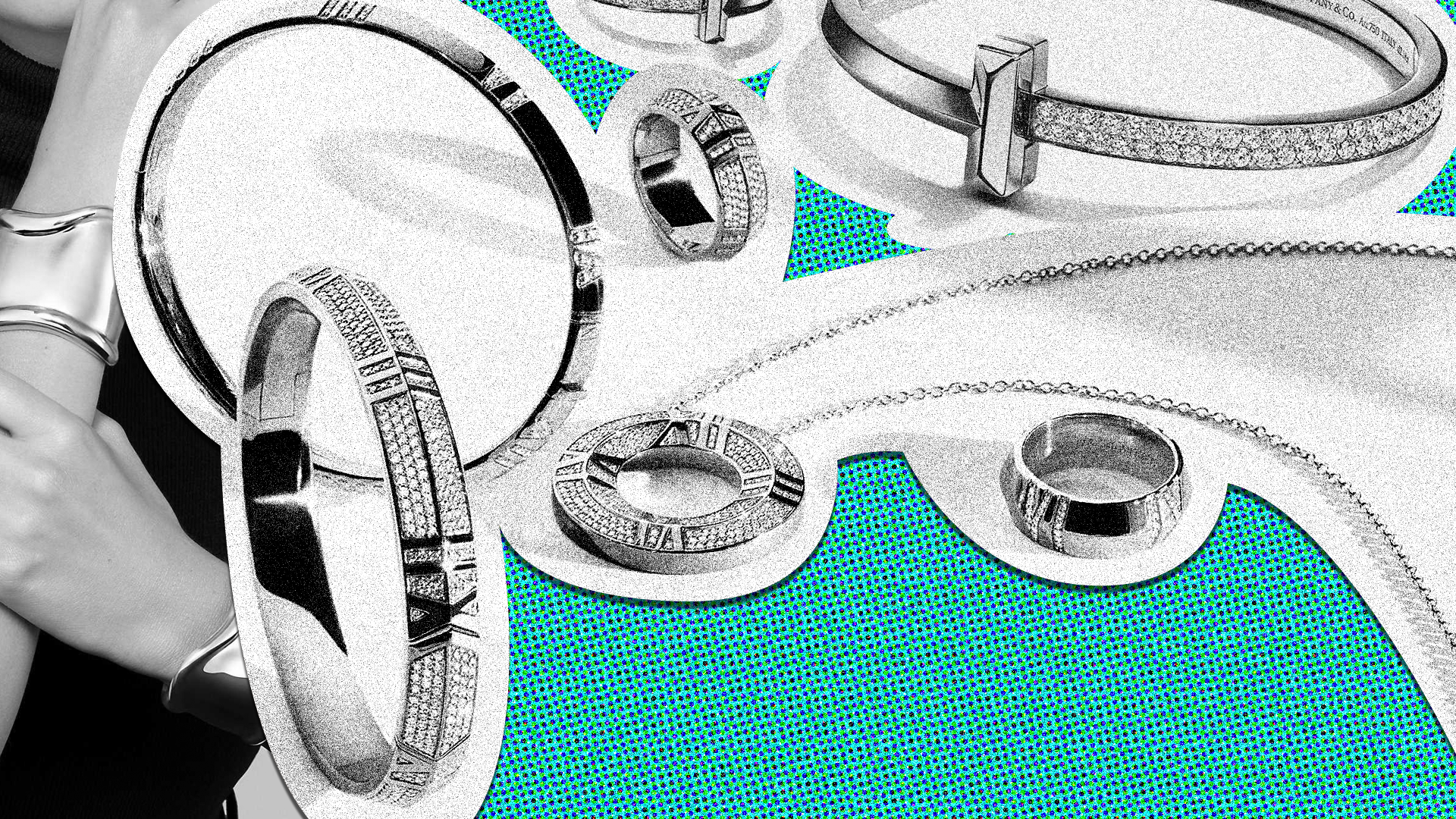Key Takeaways:#
According to a UBS survey, China’s local shoppers already see Tiffany & Co. as a “go-to” jewelry store, second only to Cartier. During the Christmas holidays alone, the jewelry brand experienced an over-50-percent sales growth in the local market while online sales soared more than 80 percent.
When the jewelry house unveiled its bold new Acqua Di Parma yellow packaging on Instagram, the internet went into meltdown. A month later, it opened a yellow-themed popup in Beverly Hills without any sign of the brand’s beloved blue.
LVMH is planning to focus more on precious gemstone and gold categories while revamping the 320 worldwide Tiffany boutiques.
When it comes to Tiffany & Co., two things spring to mind: Audrey Hepburn’s leading lady in the film Breakfast at Tiffany's and, of course, the brand’s iconic robin egg blue packaging. Rather than having a signature product, the jeweler relies on its exclusive trademark color as its brand identity. Therefore, LVMH’s recent overhaul of this shade — into a vibrant yellow for April Fool’s Day — was an unexpected jolt.
When the jewelry house unveiled its bold new Acqua Di Parma packaging on Instagram, the internet went into meltdown mode. Then, a month later, it opened a pop-up store in Beverly Hills without any sign of the brand’s beloved blue. Instead, everything — from furniture to shopping bags — was resplendent in yellow.
But that is only one of many transformations Tiffany has undergone since LVMH bought it. In the C-Suite, former CEO Boglioli was replaced by Louis Vuitton executive Anthony Ledru. Meanwhile, Alexandre Arnault — the former CEO of Rimowa and 28-year-old son of LVMH President Bernard Arnault — was appointed executive vice president of communications and products.
Also of note, the brand announced it had made endorsement deals with notorious celebrities like Korean star Rosé, the Chinese actor and singer Jackson Yee, and the British actress Anya Taylor-Joy (for its younger T Collection). Plus, it plans to revamp its 320 Tiffany boutiques worldwide and add more exclusive locations to its portfolio across Asia and Europe.
Tiffany recently joined the LVMH Watches and Jewelry Division, where its stablemates now include Bvlgari, Chaumet, Zenith, Fred, and Tag Heuer. The luxury leader certainly waved its magic wand over the Italian jeweler Bvlgari (acquired by the French conglomerate in 2011), doubling its revenue over the last decade. Now Jing Daily asks, is Tiffany on track to get the same results?
Does a yellow Tiffany appeal to local Gen Zers?#
In an era when anything could happen, from cross collaborations to high-tech installations, young spenders are constantly chasing the unexpected. The sudden change of brand identity offers excitement to Tiffany fans, and this transformation is earning impressive online traction. While some local netizens are questioning the new shade, the move has helped the brand look “cool” among Gen Zers. For instance, on Weibo, @mingqixiao commented that “the yellow they used is very fancy.” Indeed, it is well known that Gen Zers appreciate change.
However, Sally Maier Yip, managing director for the Chinese PR & Marketing agency 11K Consulting points out that any branding changes must be considered first. “It's not a wise decision to dilute that iconic heritage image of Tiffany, as this is what Tiffany is known for, and that is why people are buying it,” she told Jing Daily. Therefore, a complete transformation of the logo color would be highly risky for the brand.
Any reshaping period is when a brand’s identity is at its weakest, and currently, this is where Tiffany now precariously sits. As such, ambiguous communication can easily mislead consumers. Jenny Zhang, strategy director at the cross-cultural marketing agency TONG digital, asks: “The problem is, during this transition time, what value will Tiffany hold in the market?”
“If it is a departure from the old, it must balance modernity and heritage,” she adds. Indeed, one of the biggest advantages of Western brands is their legacy — something few local players have. And as much as Gen Z loves change, they are also nostalgic for the past and have a deep respect for traditions, culture, and heritage. The choice of yellow has a story to tell: the LA pop-up store features the historic 130-carat Tiffany Yellow Diamond purchased by founder Charles Lewis Tiffany in 1878. Hence, the bold and fresh lemon-colored pop-up perfectly combines legacy with newness to cater to young spenders.

Either way, given what is at stake, board executives will have a clear vision of what Tiffany & Co. will look like, so they can fully support and market that message. A temporary change may well have exceptional outcomes when it comes to attracting a new demographic.
Can Tiffany expect further expansion under LVMH?#
The jeweler’s merger with the world's biggest luxury conglomerate is expected to accelerate its presence in the China market. According to a UBS survey, local shoppers there already see Tiffany as a go-to jeweler — second only to Cartier. Given its solid fanbase, Tiffany has a proven reputation in the market. During the Christmas period, for example, the brand experienced a 50 percent sales growth in the domestic market (online sales soared by more than 80 percent).
To further boost these sales, Andrea De Santis, associate partner at McKinsey & Co, says that one of LVMH's priorities should be “to redesign price points and assortments to get closer to new customers’ exigencies.” Tiffany’s entry-level silver line (with a price point starting at 150) has helped attract lower-wealth customers. But as Chinese consumers become more sophisticated, Tiffany will need to develop higher offerings and retain its aura of exclusivity to attract local high net worth consumers because, in the long term, cheaper products might harm the brand’s prestigious positioning.
HSBC has found that China will more than double its number of millionaires over the next five years and boost the size of the middle class by almost half — increasing what should be Tiffany’s target consumer base. But the label will need to up its game to cater to this growing cohort of wealthy people. One way LVMH hopes to capture them is by focusing more on the precious gemstone and gold categories these demographics tend to favor. And, with access to the LVMH’s expertise and global supply chain, we should expect Tiffany to expand into new categories like Bvlgari and Cartier did with leather goods or via Arnault’s favorite offering: cross-brand collaborations.
These strategies will take time to implement and may not bring immediate growth, but visible results are expected over the next five years, at least. The conglomerate undoubtedly has the patience and resources to obtain its vision. In a video message to employees, chairman & CEO of LVMH, Bernard Arnault, confirmed this when he said: “We will [also] prioritize Tiffany’s long-term desirability over short-term constraints.”
Will it pay off in China?#
Undoubtedly, Tiffany has the potential to grow in China, thanks to LVMH’s local market partners and expertise. But to keep staying relevant in the China Mainland, Zhang suggests it must be a forerunner in China, like how “Cartier was one the first luxury jewelry brands to livestream on Taobao.”
The local market has many shopping festivals and channels, but brands do not necessarily need to be present at them all. But Tiffany could gain more by celebrating unconventional days while still aligning with their own brand identity, which would put the luxury Maison in an interesting spot.

And although the color change is expected to be temporary, a brand’s packaging should never be more eye-catching than the product. More worrying is how Tiffany lacks a statement product that is as recognizable as its blue box. These “go-to pieces” are especially needed to acquire new buyers, as a hero product can tap more demographics and increase brand recognition.
Still, the creation of iconic pieces is a time-consuming procedure and needs consistency, and impressive marketing efforts are required. A good example is Burberry's “Bojie” project, which saw it collaborate with young artists to create online art installations related to its Olympia bag.
The LVMH/Tiffany alliance is a clear win-win scenario for both parties. LVMH has further strengthened its supremacy in the 285.1 billion luxury sector, while Tiffany is now predicted to dominate its closest rival, Cartier. “I have no doubt they will succeed, as they know the spaces and the partnership,” states Zhang. Indeed, if LVMH can provide Tiffany with the resources and expertise to accelerate its growth, the French conglomerate may pose a significant threat to its jewelry counterpart.


